Tag: Performance-Based
Performance-Based Design is a process and approach for designing and assessing building fire safety with both prescriptive and performance-based code systems. Prescriptive codes can not cover every single configuration, so performance-based design provides tools to ensure a required level of safety can be maintained.

Warehouse Storage and Packing Facility PBD Third Party Review
Fire Protection Engineer responsible for performing a third party review of a large warehouse performance based design.
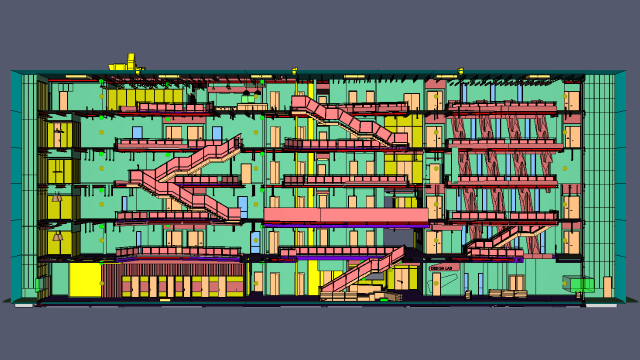
Activation Capital Atrium Smoke Exhaust Modeling
Fire Protection Engineer responsible for determining the requirements for an atrium smoke exhaust system. The unique atrium has stairs within the atriums which direct smoke underneath the floor slabs. Supplemental exhaust at lower elevations was required to maintain performance-based goals.
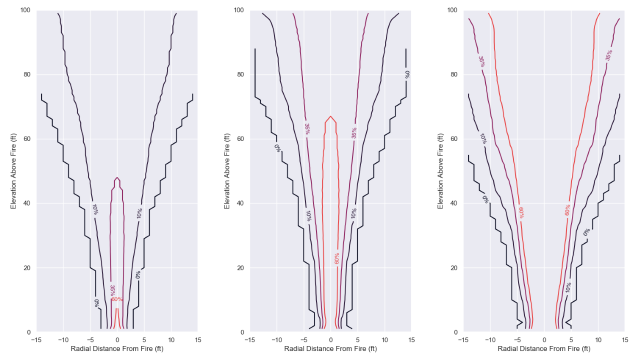
Destiny Canyon Beam Detector Placement Modeling
Fire Protection Engineer responsible for determining the maximum beam detector spacing in an atrium. FDS plume models established a profile of smoke obscuration with respect to the height and radial offset from the fire. The models determined the optimal smoke obscuration settings and spacing for the beam detectors.

Detroit Metro Airport Tunnel Fire Modeling
Fire Protection Engineer responsible for evaluating exhaust needs in short road tunnels by the airport. Two tunnels had different exhaust designs that needed to be evaluated for structural integrity and human tenability per NFPA 502.
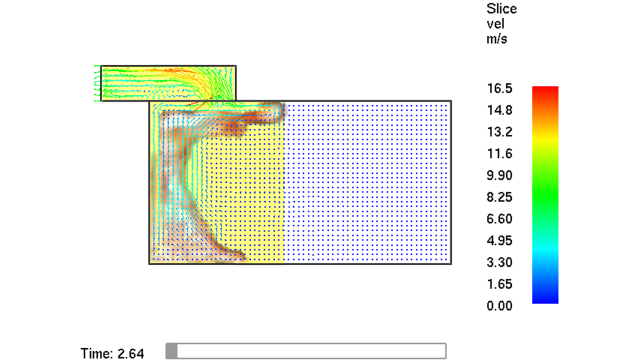
University of Rochester Medical Center - Hood Exhaust
Fire Protection Engineer responsible for determining the risk of fire on the exhaust system for medical lab benches. The models focused on several fire scenarios to determine the impact on the PVC exhaust piping.
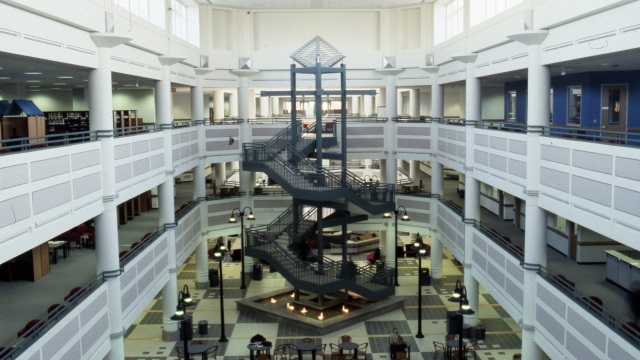
GMU Johnson Center - Egress Study
Fire Protection Engineer responsible for evaluating the egress capabilities of the student center. A change in the use of large areas on upper floors would require additional egress capacity. Egress modeling was used to determine a new occupant load that could safely evacuate the building while tenability was maintained in …

Carvana Vending Machine Structural Steel Analysis
Fire Protection Engineer responsible for developing performance-based criteria and modeling fires in an eight-story Carvana Vending Machine. Each level has four cars surrounding a central hoistway. The goal was to determine the suppression requirements to prevent additional cars from igniting.

GMU Robinson Hall - Atrium Exhaust
Fire Protection Engineer responsible for performing a rational analysis of an atrium exhaust system per the Virginia Uniform Statewide Building Code. The rational analysis involved a series of computational fluid dynamics models to determine the required mechanical exhaust rate and duration of operation for multiple atrium configurations based on evacuation …
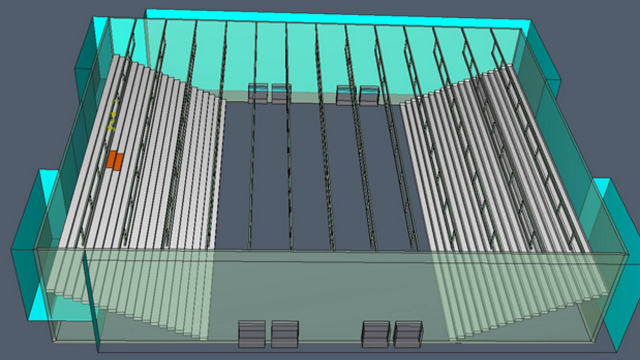
Fuquay-Varina High School Gymnasium
Fire Protection Engineer responsible for validating previous fire modeling efforts in the school’s gymnasium. The previous efforts modeled plastic bleachers catching fire below steel beams that were not rated. The design of the bleachers changed, resulting in taking another look at the results.
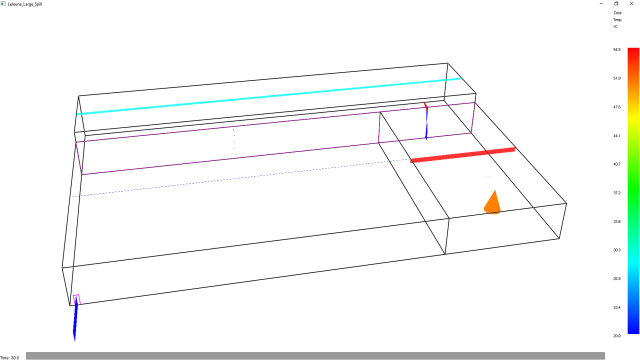
LeJeune Steel Paint Spill Analysis
Fire Protection Engineer responsible for analyzing hazards associated with a large paint spray area in a steel manufacturing facility. The primary hazard evaluated was large quantities of flammable liquids used to paint large steel members in an un-sprinklered area. Multiple pool fire scenarios were evaluated to determine if tenability and …
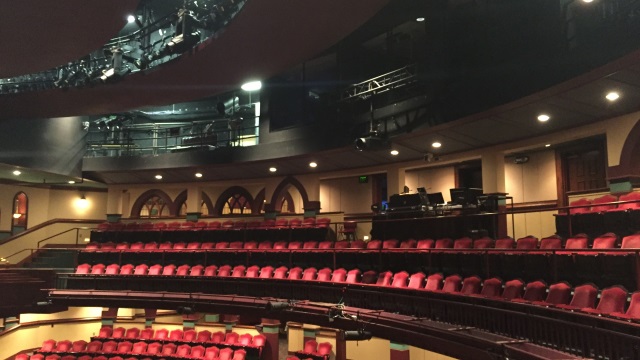
UR - Alice Jepson Theater
Fire Protection Engineer assisting in reviewing a performance-based exhaust system in a theater. The system was designed to protect occupants from a fire in place of a water curtain that was frequently subjected to mechanical damage.
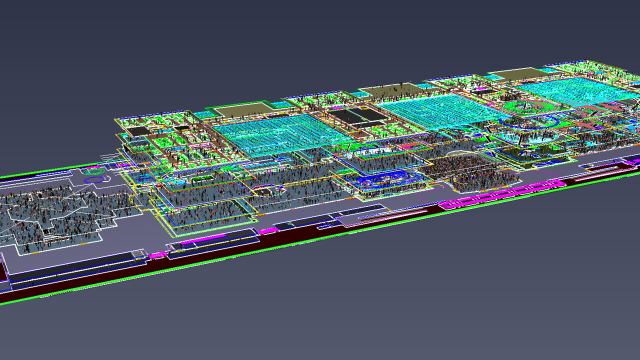
National Air and Space Museum - Egress Analysis
Fire Protection Engineer responsible for egress modeling. Pathfinder was used to simulate a full occupant load evacuating all three floors plus the basement. Scenarios were developed corresponding with the design fires required in NFPA 101 to assess blocked exits. In addition to the egress modeling, he reviewed the egress calculations …